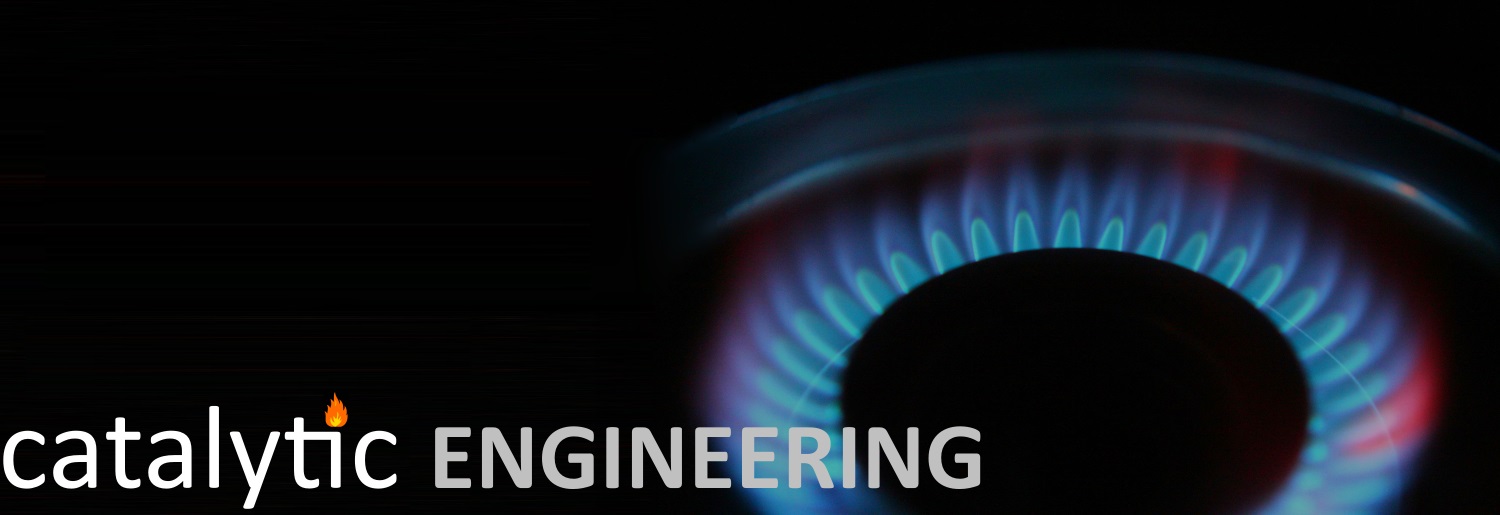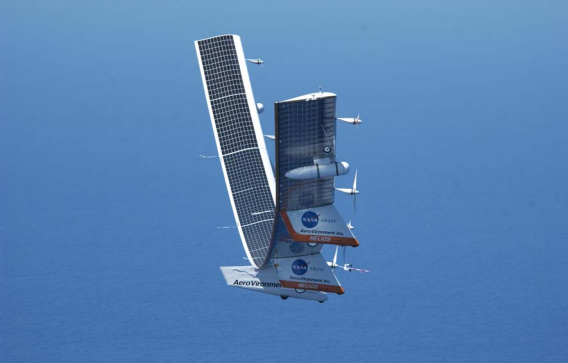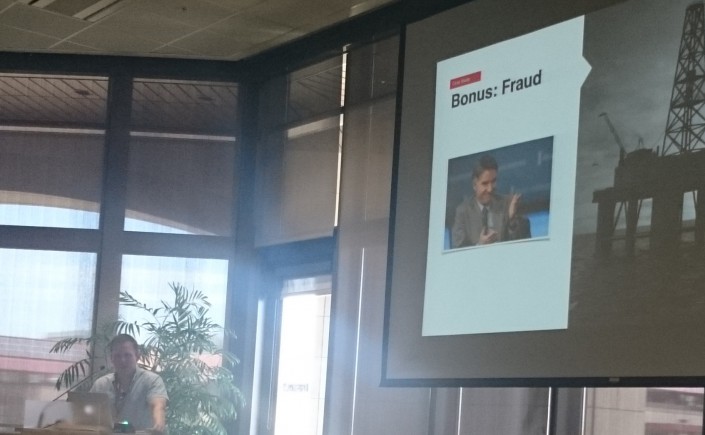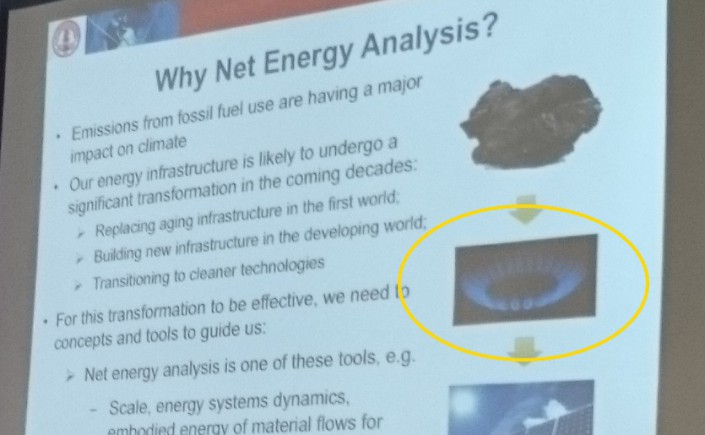Special post by Bruce Lin and Matthew Klippenstein
[Edit May 11 – corrected PG&E peak price to $0.36 not $0.40/kWh – $0.36 was used in the calculation]
There’s an MBA joke about scaring your clients by asking them “What’s your China strategy?”.
Today, it’s “What’s your Tesla strategy?” $350/kWh (DC) retail really is that significant. In the few days since the Tesla energy storage announcement, we’ve had a half-dozen people ask what we think about it. As energy systems developers with experience in several different chemistries and system scales, we can make some well-grounded educated guesses on the design and economics.
Here are our top ten conclusions, with plenty of links to reference information.
1. The 92% efficiency figure is misleading
The “92% efficiency” figure quoted by Tesla isn’t as good as it sounds, but it doesn’t matter.
Continue reading →




